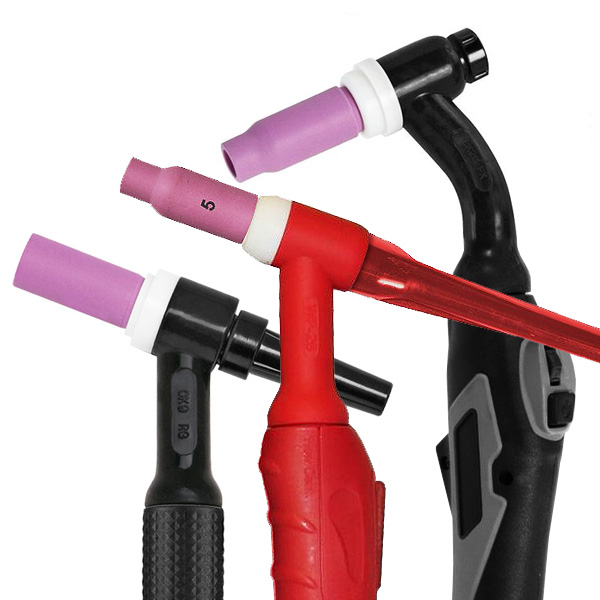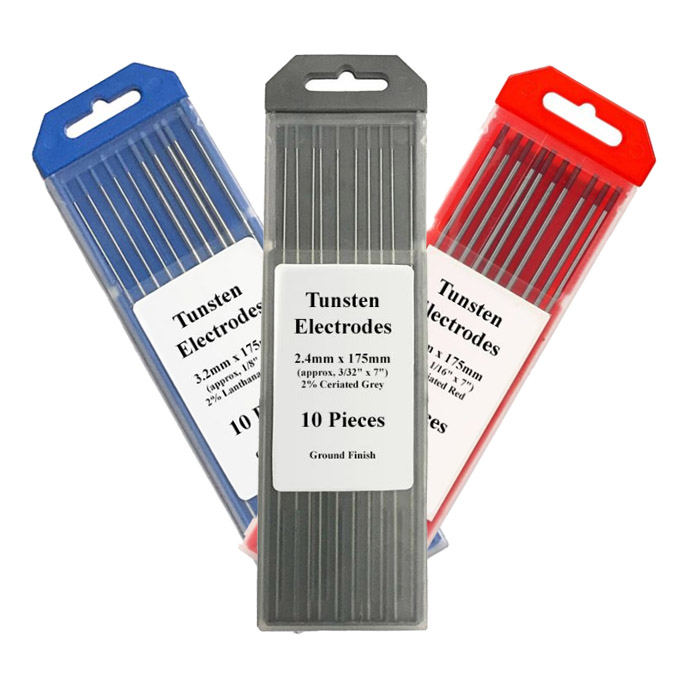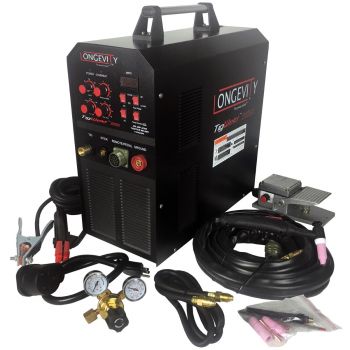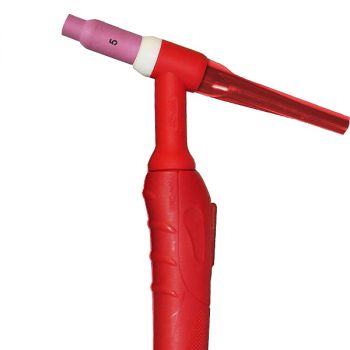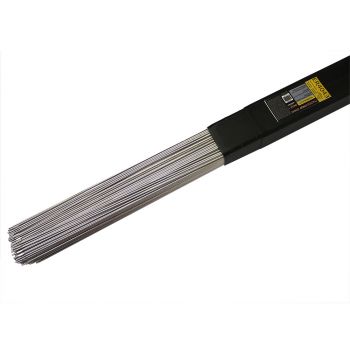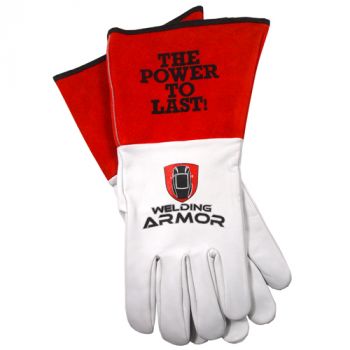Tungsten Inert Gas (TIG) welding requires more skill and takes longer than MIG welding, but it offers more precision. TIG, also known as gas Tungsten Arc Welding (GTAW), can be used to weld aluminum and alloys, such as 4130 chrom-moly.
TIG welding is similar to MIG, but instead of a consumable wire, the electrode used is a tungsten metal rod inside the welding gun. The welder holds the gun in one hand while feeding a filler rod in the other hand. As the arc creates a melted puddle from the two work pieces, the heat of the melt puddle melts the filler rod, so that all three mix together in the puddle. Like MIG welding, TIG welding guns disperse a shielding gas to protect the new weld.
INTRODUCTION TO TIG WELDING
TIG welding was invented in 1941 by Russell Meredith of the Northrop Aircraft Corporation as a way to weld aluminum and magnesium in order to join light alloys used in aircraft manufacturing.
Union Carbide’s Linde division bought the rights to the GTAW welding patent and developed different torch designs under the “Heliarc” brand name. The first Heliarc machines were big transformer-rectifier based and weighed hundreds of pounds.
During World War II, TIG welding became the preferred method to weld aircraft parts.
In the late 1970’s the Miller Company introduced the “square wave form” which allowed for much better arc control and smaller machines more suitable for AC applications.
With the introduction of printed circuit boards and inverter-style TIG machines, the adjustment capabilities and lighter weight gave way to what is now the TIG welding method.
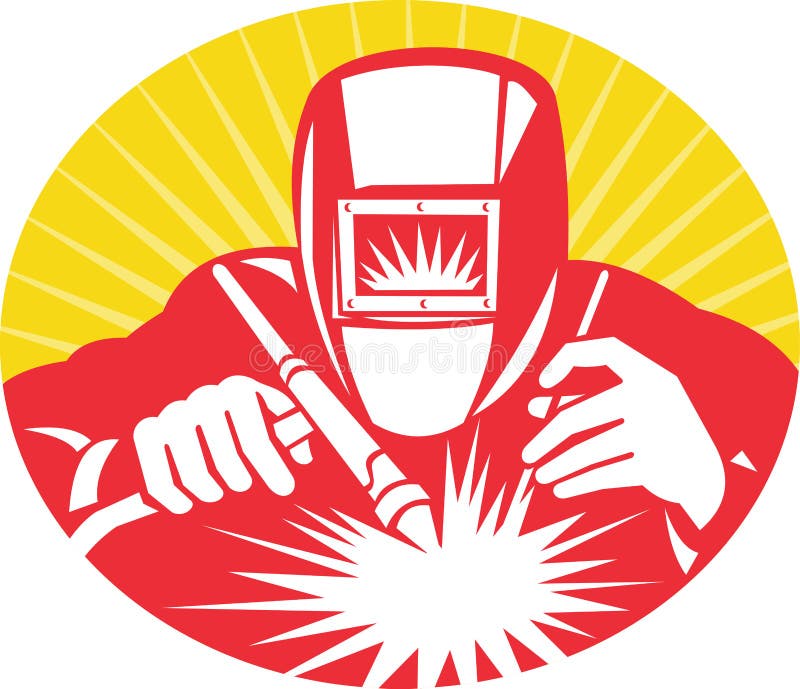
THE TIG WELDING PROCESS
The TIG welding process uses an electric torch with a tungsten electrode to deliver the current to the welding arc. A filler rod is hand-fed into the weld puddle, while the torch is held in the other hand. Both are protected and cooled by inert argon gas. Either an accelerator pedal on a bench machine or a fingertip remote on a handheld torch can control the heat while the welder is welding.
Make sure your metal surface is well-prepped and clean. Brush any contaminants away from the metal surface and wipe it down with a clean cloth and acetone to remove metal shavings and oils that can interfere with the welding process.

TYPES OF TIG TORCHES
If you are thinking about buying your first TIG welding machine, you will soon be faced with another decision - whether to buy an air-cooled torch or water-cooled torch. First, lets clear up a few misconceptions about exactly what an air-cooled tig torch is: it is not cooled by forced air, but rather it is called "air-cooled" only to distinguish it from a water-cooled torch. The air-cooled torch is also called a "dry rig" because it uses no water for coolant, heat just dissipates off the torch into the air. A dry rig tig torch is always larger than a water-cooled torch of the same amperage rating, and the torch cable on an dry rig torch is also much larger.
Air-Cooled TIG Torch
One of the benefits of welding with an air-cooled TIG torch is that you don't have to have a water supply nearby - in other words, out in the field. So, if you don't have a cooler, don't have access to water, and/or you don't need to run a lot long beads and worry about your torch getting too hot, then you'll probably be fine with an air-cooled TIG welding torch. The 26 Series air-cooled TIG torch might be a good choice - it is small yet powerful and easy to handle - perfect for a variety of TIG welding applications, but if you need more power, there are other options among the available air-cooled series of TIG torches.
Water-Cooled TIG Torch
When patience and control are important, you don't want to be in a rush to finish your bead before your torch gets hot! So, if you find yourself putting down your torch because it gets too hot, or you need more power you'll want a water-cooled TIG torch. With the water-cooled torches, of course, you'll need water/water cooler. Now, if you're working in a weld shop with good reliable access to water, you may be able to hook right up to your water supply. The popular 20 Series water-cooled TIG torch will get you 250 amps of power, and it's small and lightweight. It's popular because of its versatility and ability to get a lot of welding jobs done.
TYPES OF TINGSTEN ELECTRODES
Select the correct TIG welding electrode. TIG uses 6 electrodes to transfer the welding arc to the metal pieces that you are working with.
- Pure tungsten electrodes are affordable and provide a stable arc on aluminum and magnesium using a balled tip.
- Thoriated electrodes are the most common electrodes because thorium is mixed into the tungsten to make a stronger electrode tip, which will remain sharp and last longer than tungsten. When working with thoriated electrodes, you must have adequate ventilation and safety precautions in place, as it is slightly radioactive.
- Ceriated electrodes are often used on DC applications with low amperage projects or small, intricate parts.
- Lanthanated electrodes are very versatile and will work on AC and DC machines. They provide stable arcs and work well on low currents.
- Ziroconiated electrodes are used on AC projects where you need a strong electrode that’s resistant to contamination.
- Rare-earth electrodes offer a stable arc for AC and DC projects and have a tendency to last longer.
Safety is always the highest priority on a welding job site. A worker can always repair a piece of equipment or grind out a bad weld and re-weld a joint. However, a personal injury can be permanent. Hazards in welding can include hot metal burns, arc burns, hearing loss, dismemberment, and loss of eyesight.
All of these potential hazards should be taken very seriously. Which is why there are plenty of product offerings to choose from in the personal safety category. Before starting any welding operations, safety equipment should be purchased or borrowed then used.
RELATED PRODUCTS
TIG Welding Basics
-
-
-
- TIG / PLASMA CUTTING GLOVES, WELDING-ARMOR T02 (Medium) Reinforced Leather, Extreme Comfort, Maximum Protection$19.99


